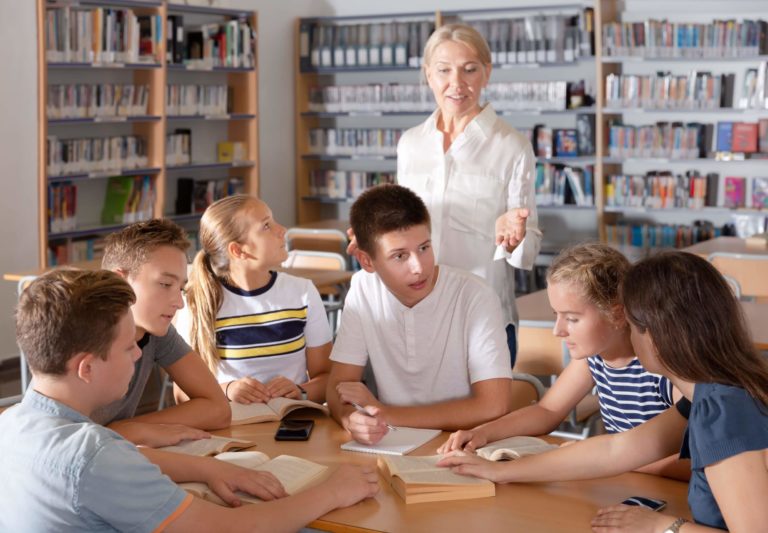Civic engagement provides excellent opportunities for students to serve others and their communities to positively impact public issues or concerns. There are many different types of civic engagement, and they may present themselves in both a formal and informal fashion.
Formally, students may serve on their school’s student government to influence change within the school. Students may participate in civic engagement through an informal fashion such as volunteering in their communities to improve the environment by cleaning up trash. Such activities are wonderful ways for student activism and to contribute to the betterment of one’s community regardless of the nature of the activity.
Simply stated, civic engagement is an opportunity that allows students (or adults) a chance to understand the world around them and make a positive impact.
Why is Civic Engagement Important for Students?
Encourages Confidence
Civic engagement requires students to work with others, bring ideas to the table, and promote changes that enhance the wellbeing of others. Furthermore, students build confidence in their abilities and ideas when participating in civic engagement opportunities. To make a difference, students must be somewhat bold and unafraid of adversity, leading to a healthy increase in self-confidence.
Develops Empathy
Students who involve themselves in civic engagement are typically more in tune with the feelings and emotions of others. Volunteering may often require students to serve meals to the homeless, collect food or coats for those in need, or build homes for those without them. All of these activities and so many more allow students an opportunity to see what life is like for others, good or bad, and witness the situations that those in their communities are faced with daily which helps them practice empathy. Students gain a greater understanding of what is valuable in life and a greater appreciation for what they have through assisting those less fortunate.
Promotes Knowledge
Civic engagement (specifically student government activities or volunteering in local government) keeps students current on events happening in the world. Many times, students are not aware of all current news in the nation and world. By running for a student office or interning with a government official, students learn how national actions affect local communities, help enact ideas, and understand all of the things happening in the world around us.
Ways to Promote Civic Engagement
Teachers can help promote civic engagement for their students by implementing some of the following activities into their classrooms:
STEM Activities
Teachers can present students with a STEM activity that can relate to a community concern. For example, a bridge in a local community needs repair; however, the community leaders are unsure if enough citizens use it to consider spending a large amount of money to repair it.
Students should work in groups to tackle all of the following through this activity:
- Students must determine if the bridge has enough traffic to be deemed worthy of saving. They may even participate in a class debate arguing why the bridge should or should not be repaired.
- Students must build their bridge version using classroom materials (toothpicks, putty, etc.)
- Student groups should present their bridge construction to the class with an explanation of their building method. Through completing this activity, students bring ethical talk and thinking into a STEM activity, making it a classroom imitation of civic engagement.
Classroom Culture
Teachers can promote civic engagement by creating a classroom culture that fosters active engagement, participation, and inclusivity. Teachers should always encourage student learning by participating in classroom activities and discussions. Still, it is equally important that teachers create opportunities for students to share their own ideas with others and explore leadership roles to gain self-confidence and courage.
Teachers should select classroom activities to increase student engagement through real-life simulations, hands-on tasks, and collaboration with others. When these types of tasks occur, students actively participate in opportunities that make learning more meaningful and memorable. Additionally, students develop skills that better serve them in the future.
Math and the Community
Students could analyze community situations to understand better a community and its economic activity, or analyze health rates in the community. For instance, students can utilize a relevant context in a community such as the COVID-19 pandemic rates and figures in math to teach a particular concept and also spark student interest and engagement by making learning relevant to the community.
Relevant Literature
Students use literature to learn big ideas, themes, and so much more, but teachers can use novels to help students understand current events. Select a book with a storyline or the main character relevant to today’s society; teachers should look to classic literature examples such as The Great Gatsby, To Kill a Mockingbird, etc. for parallels to issues students are faced with within our current society. Despite these novels being written many years ago, they present students with valuable lessons and insights into the world today.




